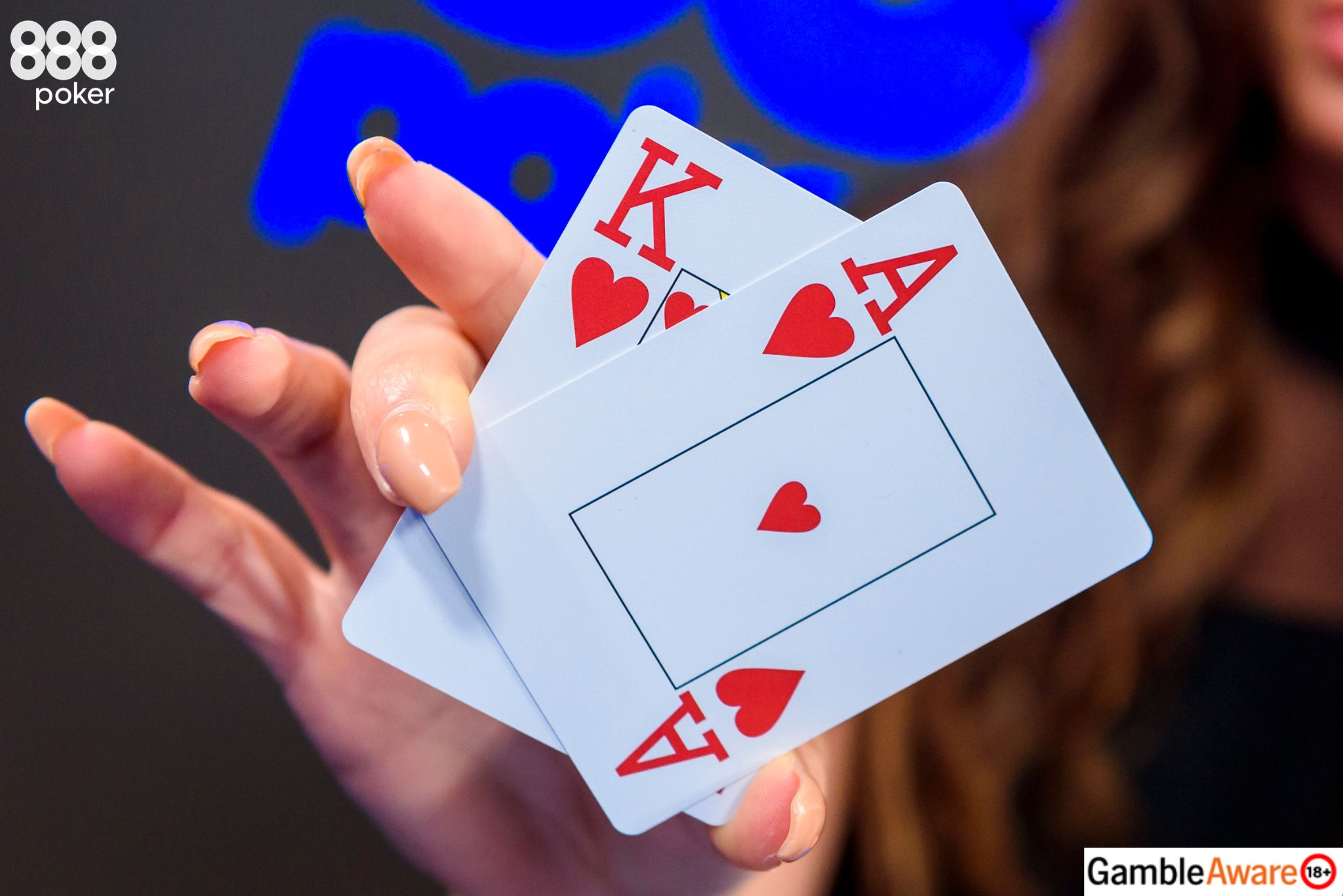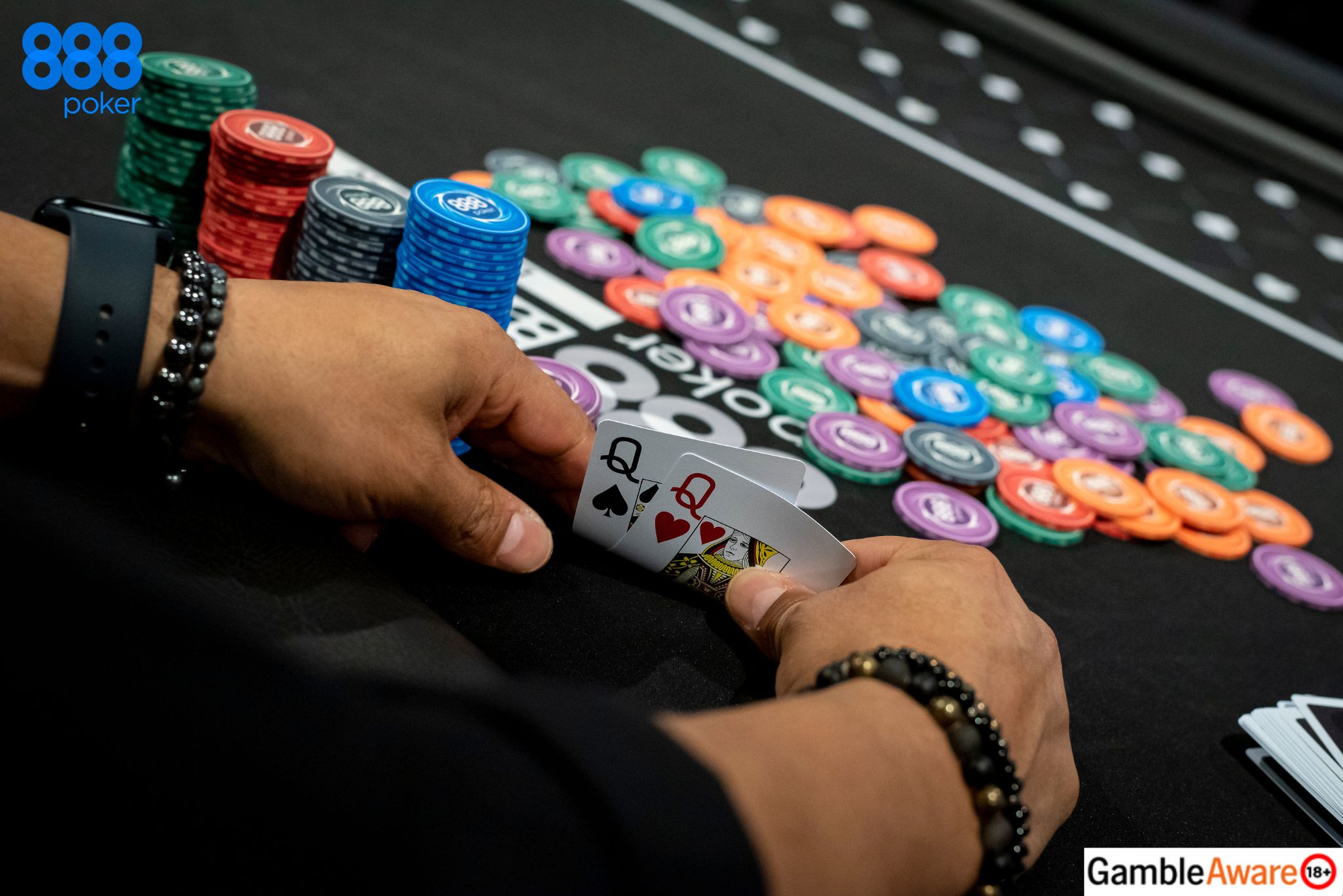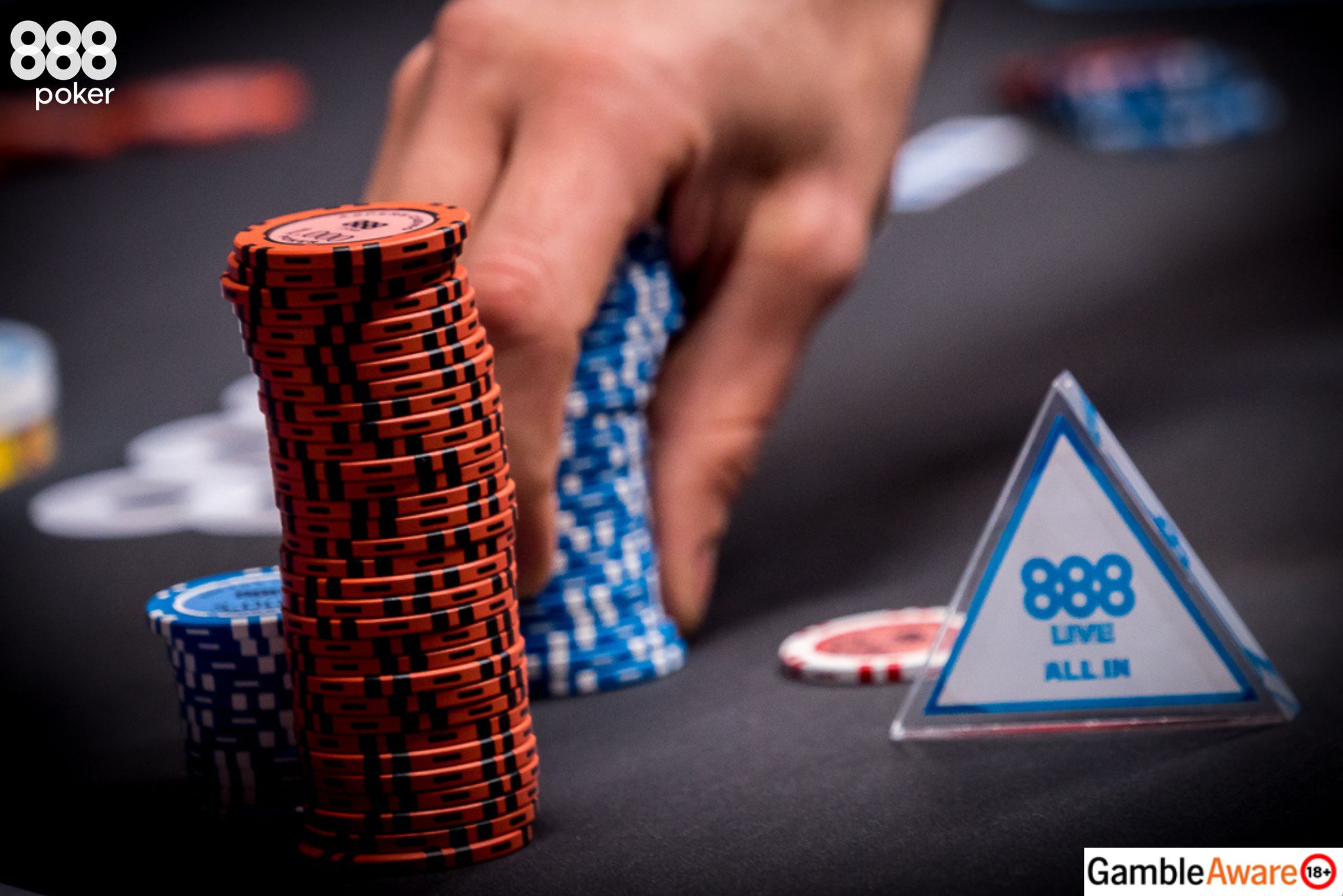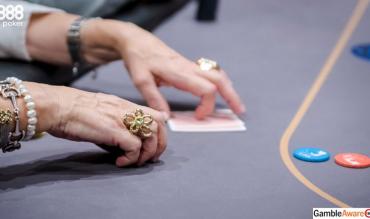Making opponents guess about the strength of your poker hand is always a good idea at the poker table. Players generally don’t want to be too predictable, and keeping opponents off-kilter can be a successful strategy.
One way to accomplish this is to have a “depolarised” range of hands.
This method means opponents won’t easily be able to deduce your possible hand, making you a much more formidable foe at the tables.
Keep reading to learn all about what “depolarised” means in poker and how to use this approach as part of your poker strategy.
Explanation of Depolarised
It’s also essential to understand a polarised range when utilizing a depolarised range of hands.
Here’s a quick look at key poker definitions to better understand this concept:.
- Range is possible spectrum of hands that a player might have in a certain situation.
- Polarised refers to a range primarily made up of very strong hands or a poker bluff. A player with a polarised range may play tighter and mix in fewer or even no medium-strength hands.
- Depolarised describes a range containing the top percentages of holdings. This meaning differentiates it from a polarised range. Depolarised ranges are often “pure value” ranges or “extended value” ranges (if a little wider).
Depolarised ranges are not associated with bluffs. A depolarised range (also sometimes referred to as a "merged" or "linear" range) includes a mix of strong, mediocre, and weak hands.

In general, players may use a more polarised range for a few reasons including:
- Ambiguity – A polarised range makes it more difficult for opponents to accurately assess your hand strength, as they don't know if you're bluffing or holding a strong hand.
- Exploiting Opponents – If an opponent is likely to fold to bluffs, polarising your range to include bluffs is advisable.
- Pot Control and Hand Strength– A large bet or raise can clue opponents in that you have a very strong hand, making them fold. Along these same lines, you may be able to bluff more with very weak hands.
A player with a polarised hand represents a very strong hand or a bluff. Conversely, depolarised hands mean a player could hold a much wider range. This scenario is more common in preflop and post flop situations.
When first learning how to play poker, players tend to be more polarised on the turn and river, where large bets are prevalent in these scenarios.
When facing players using a depolarised range, opponents will need to be more cautious because that opponent may have a wider range of hands.
Understanding potential ranges – polarised and depolarised – is crucial to making informed assessments of an opponent’s possible holdings and playing strategy.
You can then adjust and possibly depolarise your own hands.
“When your opponents polarize their range, and you are able to detect it, they become much easier to exploit,” Card Player magazine noted. “You can make more optimal decisions because, instead of considering a wide range of hands, you only have to consider two.
“There is profit to be made when you can force your opponents into polarizing decisions. When you bet your hands with a wide, balanced range that includes not only the nuts and air, but also thin-value hands, your opponents must play a guessing game in order to beat you.”
How to Use ‘Depolarised’ in a Sentence
Knowing how to use poker terms can help players at the tables. Here's a quick look at a few sentences to gain an even better understanding of the term “depolarised” in poker:
- Villain is not folding to flop raises. So, the logical strategy is to raise the flop with a depolarised range.
- When facing an opponent with a depolarised range, you may need to play more cautiously.
- A GTO poker (Game Theory Optimal) small blind calling range might be depolarised because this player may call with many more hands.
Depolarised Poker Strategy

There are several situations where utilising a depolarised range makes sense. It may be a better option than using a polarised range. One example is raise-first-in strategies.
Good players raise the top percentage of holdings rather than looking to split their range between value-hands and bluffs.
Another example is three-betting strategies pre-flop. According to poker solvers, three-betting ranges should be depolarised. Some debate over this topic still exists. Some players originally assumed that three-betting ranges should be polarised, and many have difficulty letting go of the idea.
But there are real advantages to this kind of play at times.
“Narrowing an opponent’s betting range to either a bluff or a very strong hand enables you to exploit them by calling down with much weaker hands than you otherwise could or even raising as a bluff or semi-bluff,” the Thinking Poker podcast notes.
“Thus, it is important to find ways to depolarise your own range so as not to open yourself up to exploitation by strong players whom you encounter on a regular basis.”
Exploitatively, where our opponent folds less optimally, it makes sense to cut out all bluffs and use a depolarised range. Large bets on the river may suggest a polarised range and players should realise that this player either has a very strong hand or may be bluffing.

Paying attention to player tendencies can help make these assessments.
- In tournament play, some players may have a more depolarised range earlier in tournaments when blinds are smaller in comparison to chip stacks.
- Players may use a more polarised range in the later stages of tournaments as blinds escalate. You may be less inclined to take more risks in these types of scenarios, as players get closer to the final table or in the money.
The goal at this point is to accumulate and retain poker chip values. Using a more polarised approach also allows you to put pressure on short stacks, who may be more willing to fold and preserve their own chips to advance further in the event.
Understanding polarisation and depolarisation can be a nice addition to your tool belt, helping you improve your game and, hopefully, score more wins.
See Also


